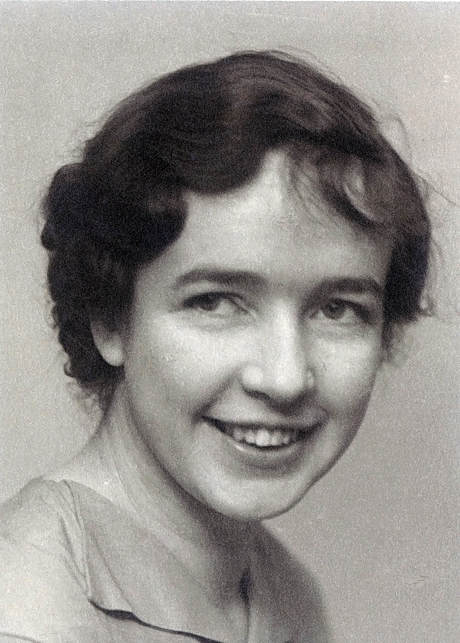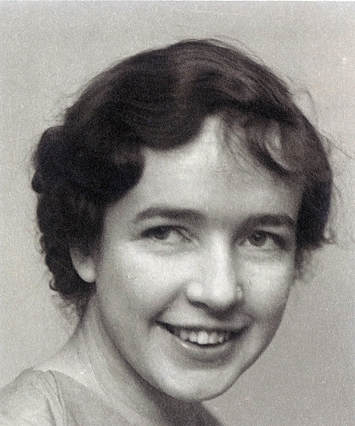Elisabeth Burgess was born in Worcestershire in 1914 to Rev Norman Burgess and his Australian wife Blanche (nee Oliver). With the family’s move to another rural parish in Gloucestershire when she was 14, Elisabeth became involved in the Guiding movement, where her talent for engaging younger children had full scope as a Brown Owl.
After school she spent a year at art college, then worked as a nanny to an English family in Gibraltar. By the time she returned to England, her mother had met the Oxford Group and Elisabeth was intrigued enough to attend a youth camp in Birmingham – provided she could take her own tent! The camp made a lasting impression on my mother and she began to work with the Oxford Group (later Moral Re-Armament/MRA) in the London headquarters, using her graphic skills with publications as well as helping with practical aspects of hospitality.
During World War 2 she was one of seven ‘land girls’ based at Tirley Garth, the country home in Cheshire that Irene Prestwich made available as a centre for the work of MRA in Britain. A large part of the 40-acre estate was turned over to growing vegetables for the Liverpool market, and Elisabeth acquired expertise in horticulture which she practiced throughout the rest of her life. Lifelong friendships developed during those years of intense physical toil during the day, and national morale-building work during the evening.
A regular visitor among the many service people who came to Tirley Garth at that time was firefighter Frank Bygott, a linguist and poet also from a clergy family. A deep shared commitment to remaking the world underlay their subsequent marriage in 1946.
Initially Elisabeth accompanied Frank on journeys to the Ruhr in Germany and other industrial areas where he and others felt it imperative to win over the hearts and minds of coal miners, at that time being wooed by communism. Motherhood however necessitated a more fixed abode, and Elisabeth and the children made their home with her parents at Old Sodbury vicarage while Frank came and went, and then in Bristol while Frank took part in local campaigns with dockworkers, civic leaders and miners.
In 1954, Frank developed leukaemia and died very suddenly in South Wales aged 47. From then on, Elisabeth felt that her primary duty lay with her family: two children aged 5 and 1, her elderly parents and a widowed aunt. After her father’s death the following year, the family moved to Chard in Somerset where she spent the rest of her life, creating a welcoming home and a beautiful and productive garden, later keeping bees and providing a haven for tired MRA workers.
Elisabeth acted as a ‘leaven’ in the local community, supporting neighbours with troubled marriages, rallying support for the Queen’s Silver Jubilee by getting signatures for a message which, in effect, got the entire village pledging themselves to work for reconciliation, honesty and trust, and confronting local leaders when she felt a moral issue needed to be addressed.
Though living on very slender means, Elisabeth with characteristic generosity sent money for new shoes to a visiting Indian after noticing holes in his old ones, and presented a gallon drum of honey from her own hives to the international summer conference at Caux. Visiting son David in Tanzania and daughter Jane in India were highlights of her later years, as were the marriages of both from the family home. Her death from cancer shortly after Jane’s wedding brought friends from near and far to a packed church to pay tribute to an extraordinary woman, creative, self-sacrificing, humble, and steadfast.
English



